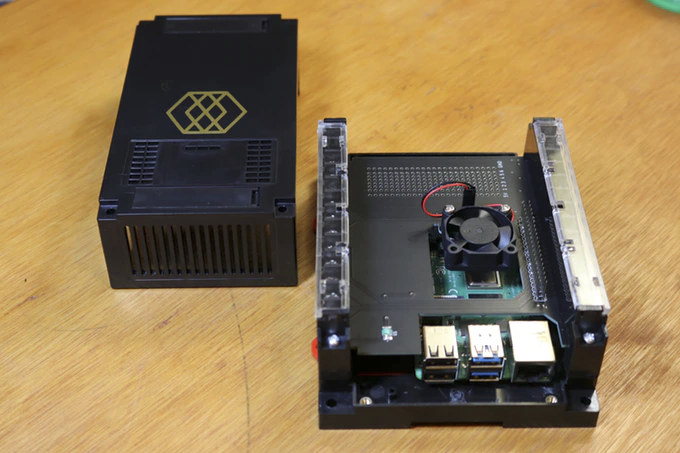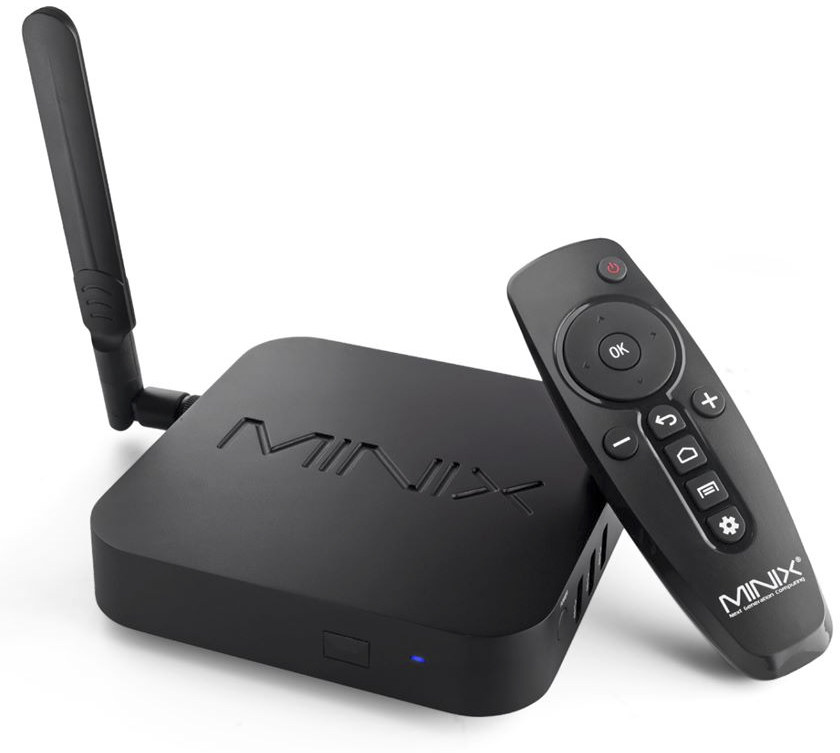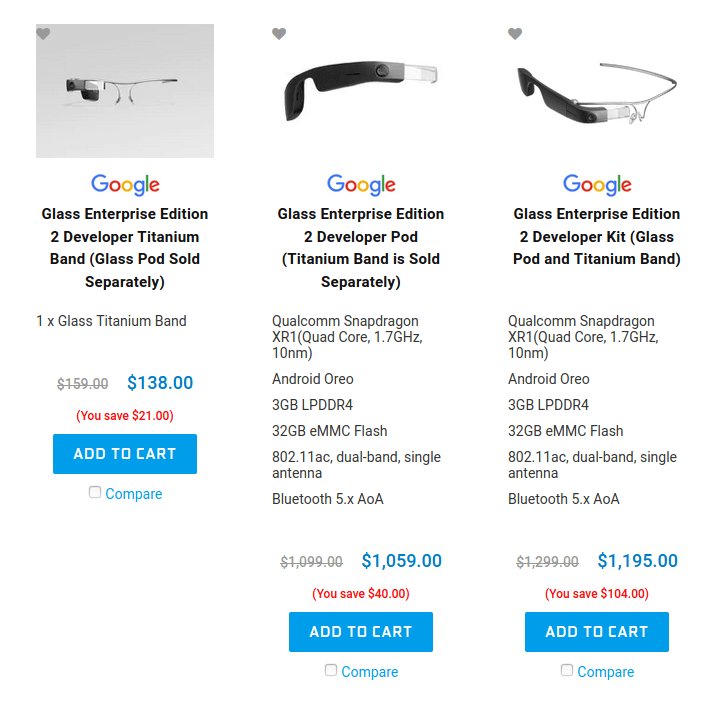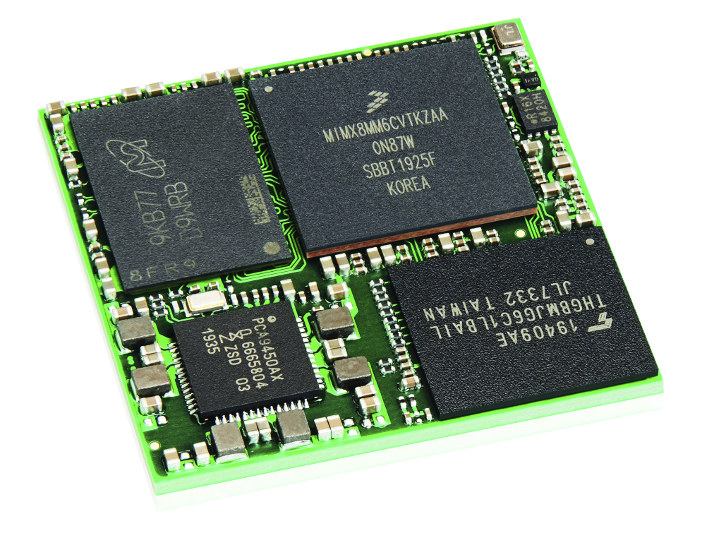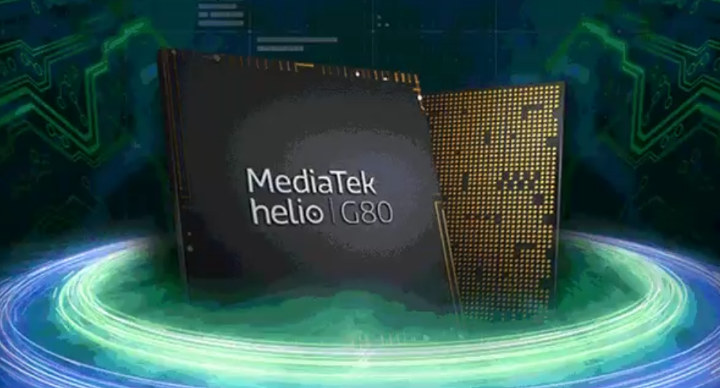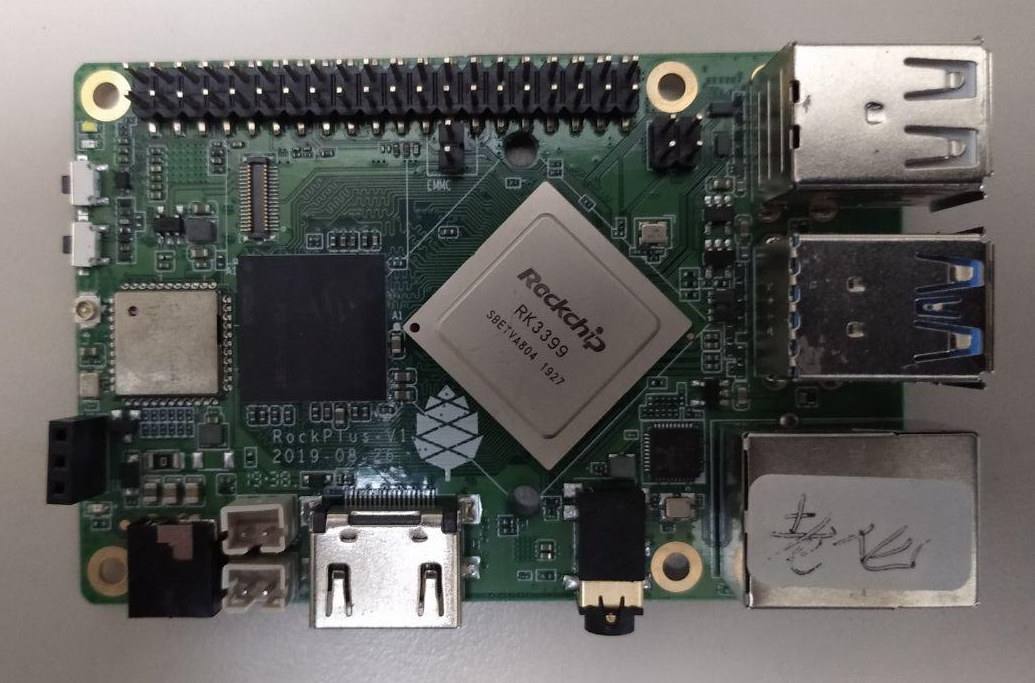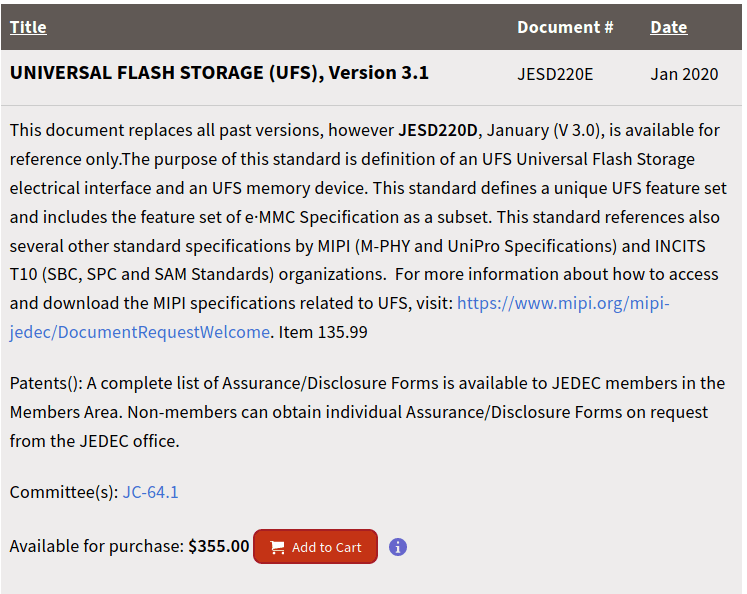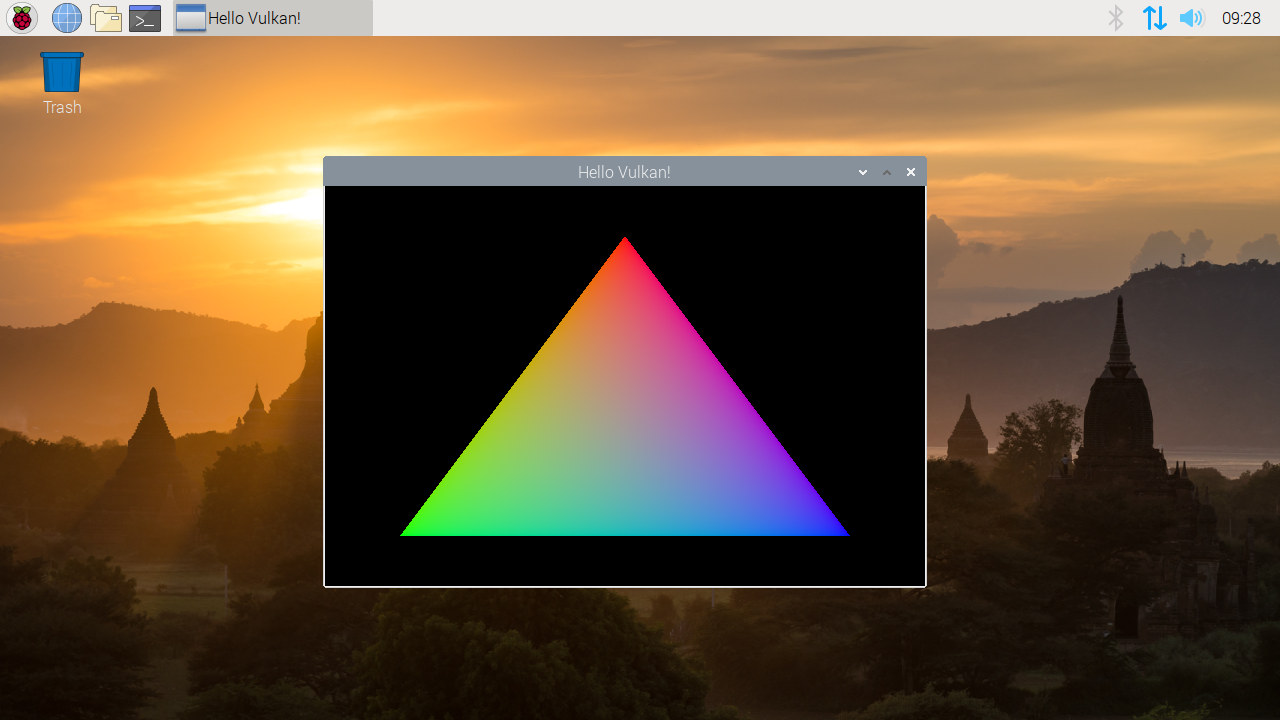Last summer Pi-oT introduced a Raspberry Pi add-on board of the same name targeting commercial & industrial IoT automation. The project was launched on Kickstarter and backers should have received their rewards. The DIN-rail enclosure included with the RPi HAT was popular, so they decided to work on a Pi-OT MKR module enclosure with a similar form factor but instead of using screw terminals for ADC input and relays, they routed some of Raspberry Pi GPIO pins to the terminal, added a breadboard to the case for prototyping, as well as a fan for cooling. Pi-oT MKR module key features: Features: Compatible with any Raspberry Pi board with 40-pin GPIO header Screw terminals – 21 GPIO’s including the I2C pins, 5V, 3.3V and GND from Raspberry Pi header routed to screw terminals Integrated Breadboard Integrated Cooling – 5V header for included fan Circuit Protection Port protection – 330 Ohm resistor […]
MINIX NEO U22-XJ Media Hub with Dolby Vision & Audio Support Launched for $170
MINIX NEO U22-XJ Android 9.0 media hub was first unveiled at IFA 2019 last September. It is the first TV box that I know of equipped with Amlogic S922XJ processor that adds Dolby Vision and Dolby Audio licenses to the more common Amlogic S922X processor. The company has now announced the device will launch on Monday, March 2nd 2020 but without providing any price information. As usual, we know need to wait until the official launch date to find out as MINIX NEO U22-XJ can already be purchased on “MINIX Official Store” in Aliexpress for $169.90 including shipping. MINIX NEO U22-XJ main specifications haven’t changed since the initial announcement, but we do have a few more details:: SoC – Amlogic S922XJ hexa-core processor with four Arm Cortex-A73 cores, two Arm Cortex-A53 cores, Arm Mali-G52MP4 GPU System Memory – 4GB DDR4 Storage – 32GB eMMC 5.1 flash, microSD card slot Video […]
Google Glass Enterprise Edition 2 is Now Sold to Developers for $1,060 and Up
Powered by Snapdragon XR1 processor, Google Glass Enterprise Edition v2 has launched in May 2019, but at the time you had to contact Google Glass sales team or distributors to source one or more samples for your application, and there was no easy way to purchase the glasses online. But things have changed as the company realized they should make it easier for developers to build apps for the platform, and Google Glass Enterprise Edition 2 can now be purchased for around $1,060 from resellers such as Mobile Advance or SHI. At that price, it does not come with the “Titanium band” that appears required to make sure the glasses stay in place. So the price goes up to $1,195 (or $136 extra) if you want the Glass Enterprise Edition 2 Developer Kit with both the glass pod and the titanium band. This is not meant as a consumer device […]
Kontron Launches the Smallest i.MX 8M Mini Module with 30x30mm Form Factor
Introduced in 2018, NXP i.MX 8M Mini is the first i.MX processor from the company manufactured with a 14nm process, and the low-power processor is found in several compact modules such as Variscite VAR-SOM-MX8M-MINI (38×28 mm), SolidRun i.MX 8M Mini SoM (47×30 mm), or Compulab UCM-iMX8M-Mini (38×28 mm). The smallest i.MX 8M Mini module we’ve covered so far is TechNexion XORE-IMX8M-Mini LGA system-on-module that takes just 30×30 mm of space. The TechNexion module is now joined by Kontron SoM SL i.MX8M Mini module with the same 30x30mm form factor, but a few more pins (267 vs 225). Kontron SoM SL i.MX8M Mini specifications: SoC – NXP i.MX 8M Mini quad-core Arm Cortex-A53 processor @ 1.6 GHz with one Arm Cortex-M4 real-time core @ 400 MHz, as well as 2D GPU and 3D GPU System Memory – 1GB LPDDR4 RAM (option up to 4GB) Storage – 8GB eMMC flash (option up […]
MediaTek Helio G80 Mobile Gaming SoC Boasts Higher CPU & GPU Clocks (over Helio G70)
MediaTek introduced their first mobile processors designed specifically with gaming in mind last year with MediaTek Helio G90 and G90T SoC’s coupling Arm Cortex-A76 and Cortex-A55 cores with an Arm Mali-G76 3EEMC4 GPU. Last month we reported the company launched another mobile gaming processor, but this time, Helio G70 & G70T were designed for mainstream mobile devices with the SoC’s featuring two Arm Cortex-A75 cores, six Arm Cortex-A55 cores, and an Arm Mali-G52 2EEMC2 GPU. Somehow the Taiwanese company decided there was room for a solution in between, and MediaTek Helio G80 processor is supposed to fill that gap. MediaTek Helio G80 specifications: Processor – 2x Arm Cortex-A75 @ 2GHz, 6x Arm Cortex-A55 @ 1.8GHz with “large L3 cache” GPU – Arm Mali-G52 2EEMC2 up to 950MHz Memory – Up to 8GB LPDDR4x @ 1800MHz Storage – eMMC 5.1 flash Display – Up to 2520 x 1080 resolution Video Decode […]
HardROCK64 SBC with Rockchip RK3399 Processor to Launch in April for $35 and Up
If you thought we didn’t have enough Rockchip RK3399 SBCs already, Pine64 is working on a smaller and cheaper version of the RockPro64 single board computer with HardROCK64 SBC powered by RK3399 processor and following Raspberry Pi form factor. HardROCK64 specifications: SoC – Rockchip RK3399 hexa-core processor with 2x Arm Cortex-A72 @ up to 1.8 GHz, 4x Cortex-A53 @ up to 1.4 GHz, a Mali-T864 GPU, and a VPU with 4K VP9 and 4K 10-bit H265/H264 decoding System Memory – 1GB, 2GB or 4GB LPDDR4 Storage – SPI flash, eMMC flash socket, MicroSD card slot Video Output – HDMI 2.0, AV port, MIPI DSI connector Audio – Analog stereo audio via AV port, digital audio via HDMI Camera – MIPI CSI connector Connectivity – Gigabit Ethernet, dual-band WiFi 5 (802.11ac) and Bluetooth 5.0 USB – 2x USB 3.0 ports, 2x USB 2.0 ports Expansion – 40-pin Raspberry Pi compatible header […]
UFS 3.1 Storage Devices to Deliver Better Performance, Lower Power Consumption
JEDEC first introduced UFS 3.0 embedded flash in September 2017 with promises of 2.4GB/s transfer rates, and somehow this was bumped to 2.9GB/s (23.2 Gbps) when UFS 3.0 specification was published in January 2018. JEDEC has now published UFS 3.1 specification with the same theoretical performance, but some new features that should improve write performance, random read performance, as well as lower power consumption and costs. Precisely two documents are now available for purchase, unless you work for a JEDEC member, in which case those are free downloads: The Universal Flash Storage (UFS) version 3.1, JESD220E. An optional new companion standard, JESD220-3: UFS Host Performance Booster (HPB) Extension. The first defines three main improvements as part of UFS 3.1: Write Booster – an SLC non-volatile cache that amplifies write speed DeepSleep – a new UFS device low power state targeting lower-cost systems that share UFS voltage regulators with other functions […]
Raspberry Pi 4 is Now OpenGL ES 3.1 Conformant, Work on Vulkan Drivers Started
Raspberry Pi 4 Model B 4 was launched last June with a new Broadcom BCM2711 SoC featuring an upgraded Videocore VI GPU supporting OpenGL ES 3.0 graphics API. Some drivers only implement a subset of OpenGL 3.0/3.1 3D graphics standard defined by the Khronos Group, and the good news is that Raspberry Pi 4 Model B is now OpenGL ES 3.1 conformant, as it passed all tests in Khronos conformance test suite. That means that any Linux programmed using OpenGL ES 3.1 API should work out of the box, although in some cases there may be issues/bugs that were not detected by the test suite. The Vulkan API is an evolution of OpenGL ES API that is meant to be more power-efficient as it better makes utilize of multi-core processors. The Raspberry Pi Foundation has also started working on Vulkan support for Raspberry Pi 4, and while the driver is […]


